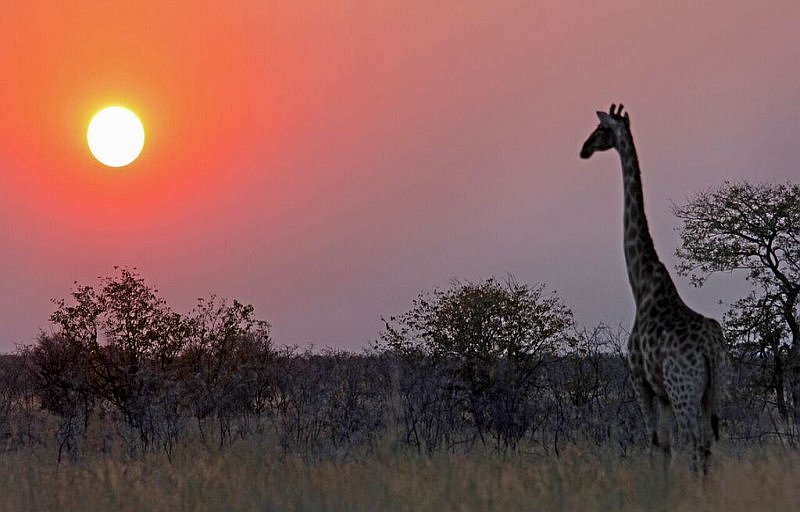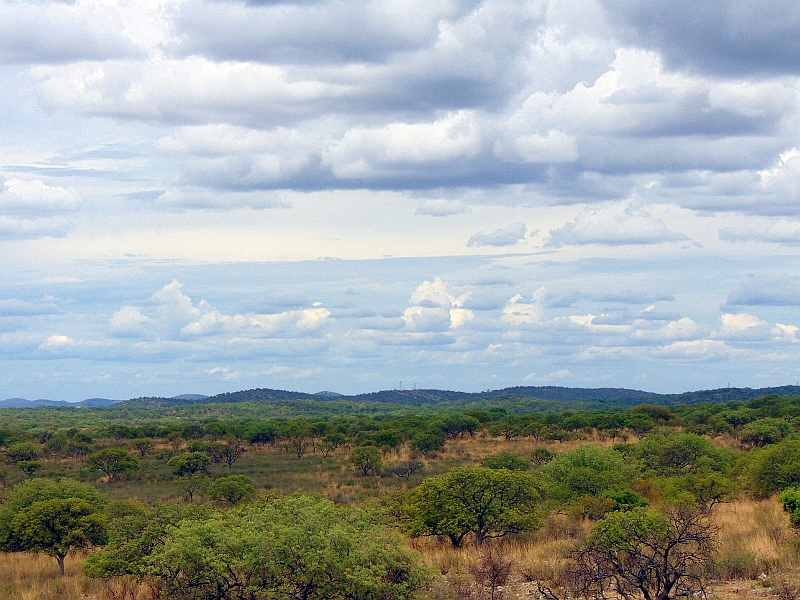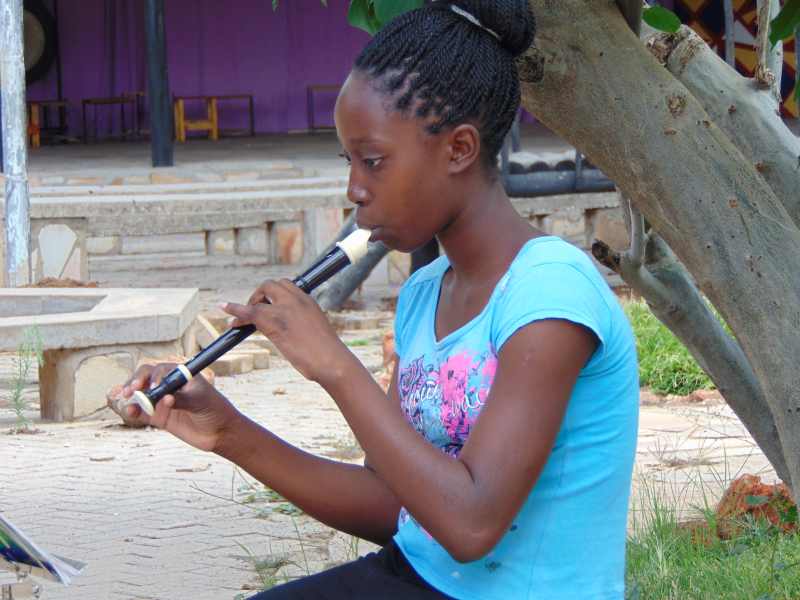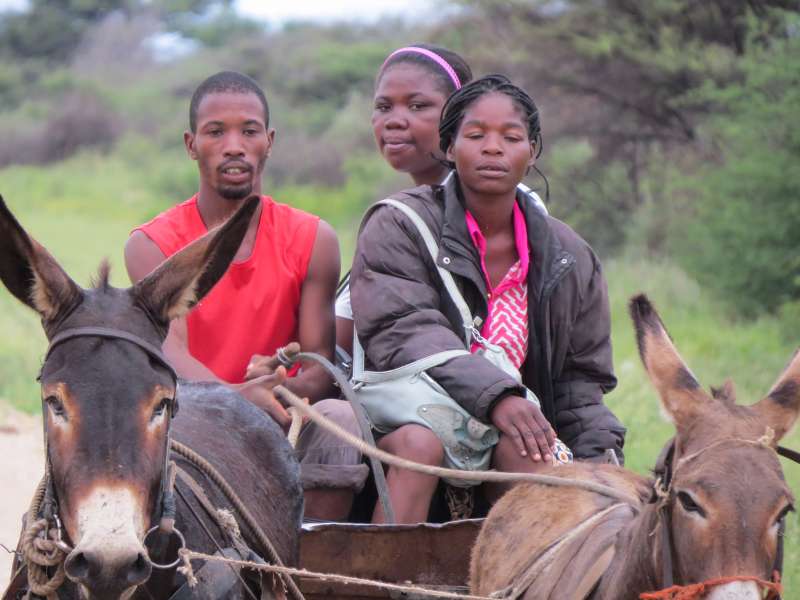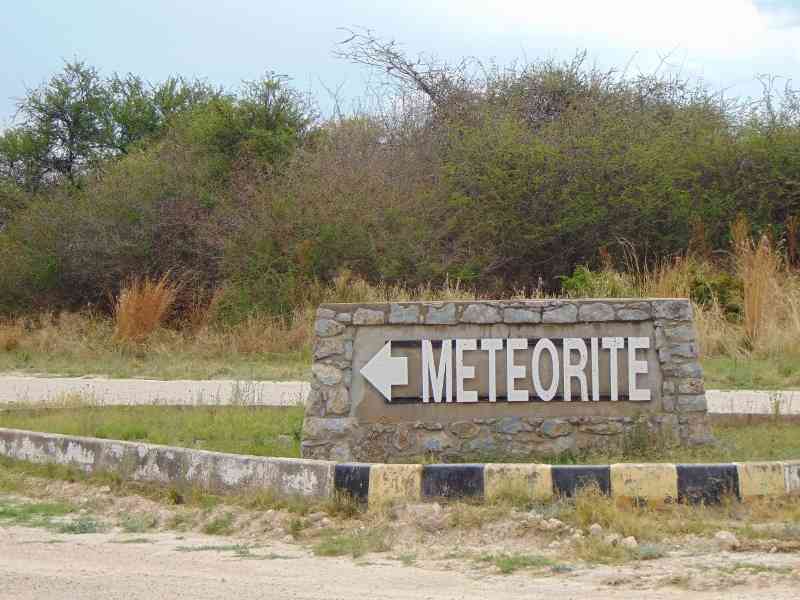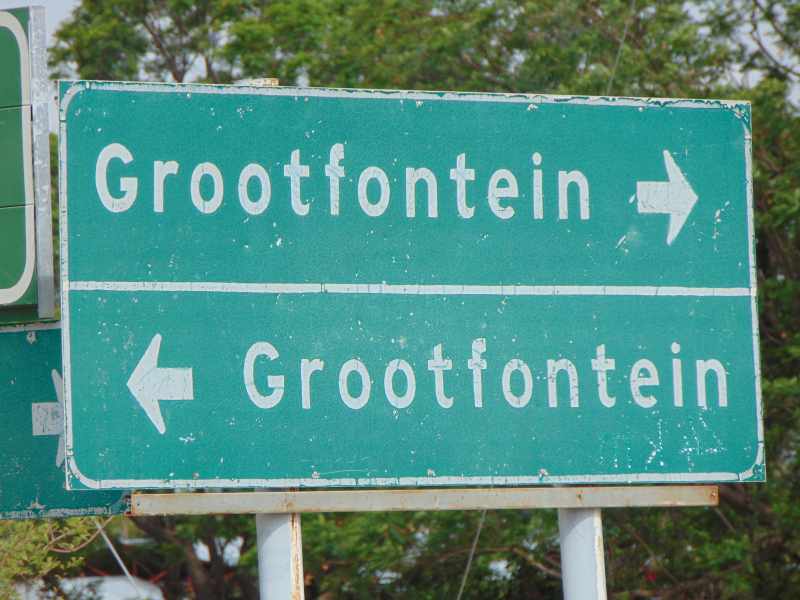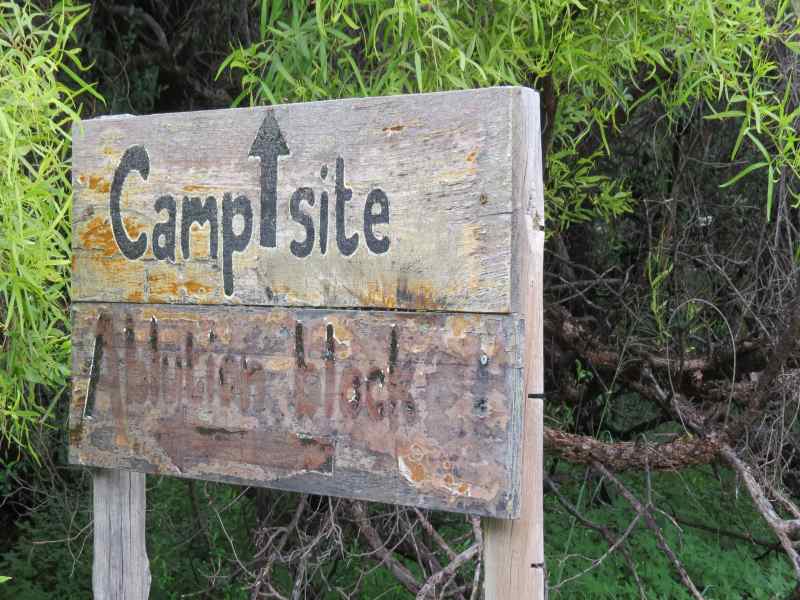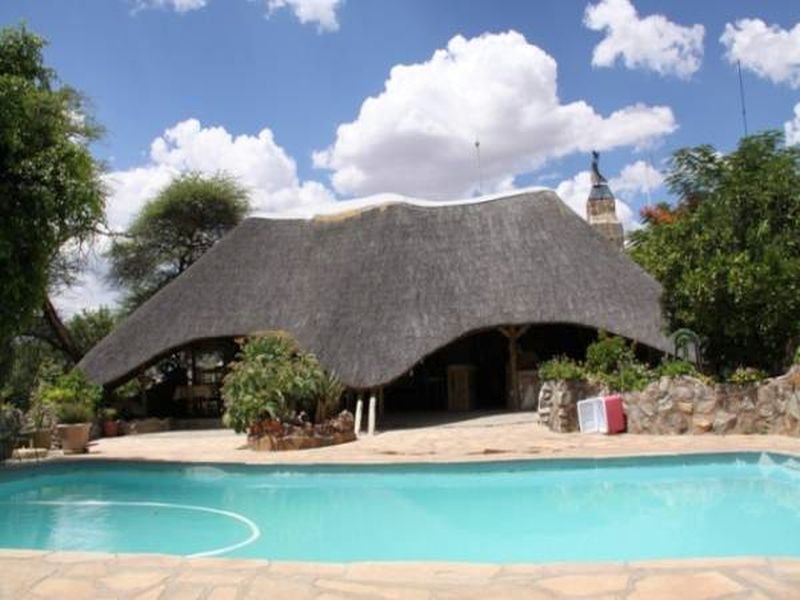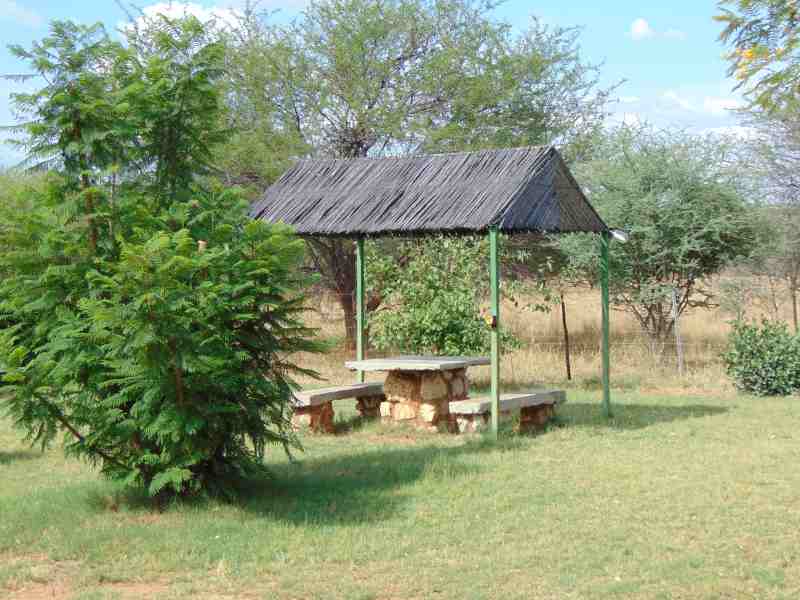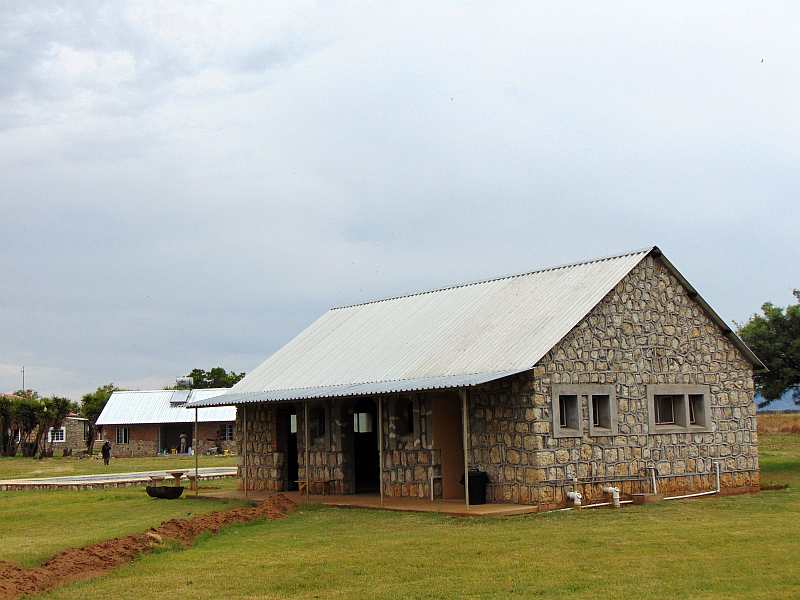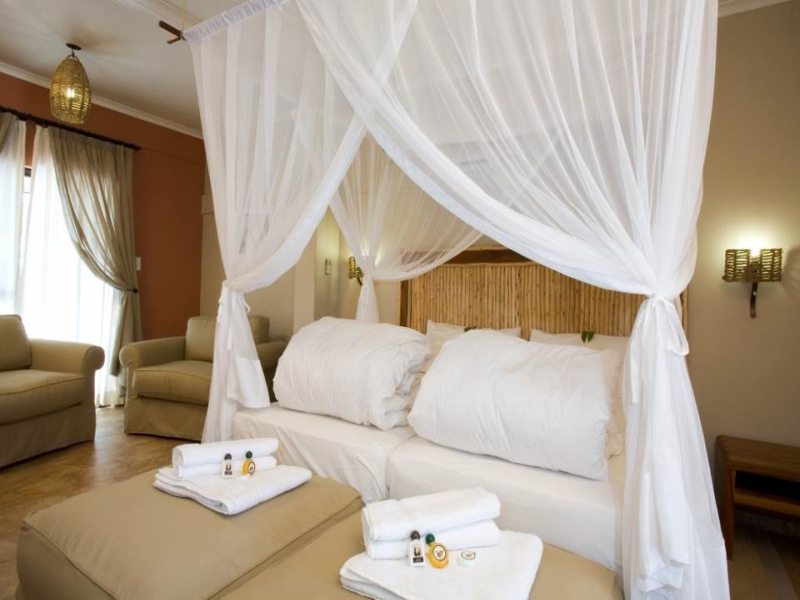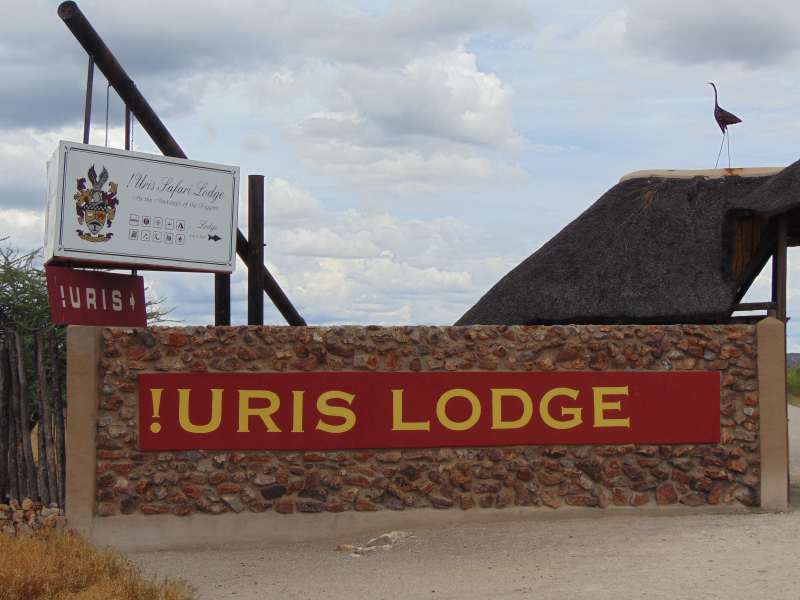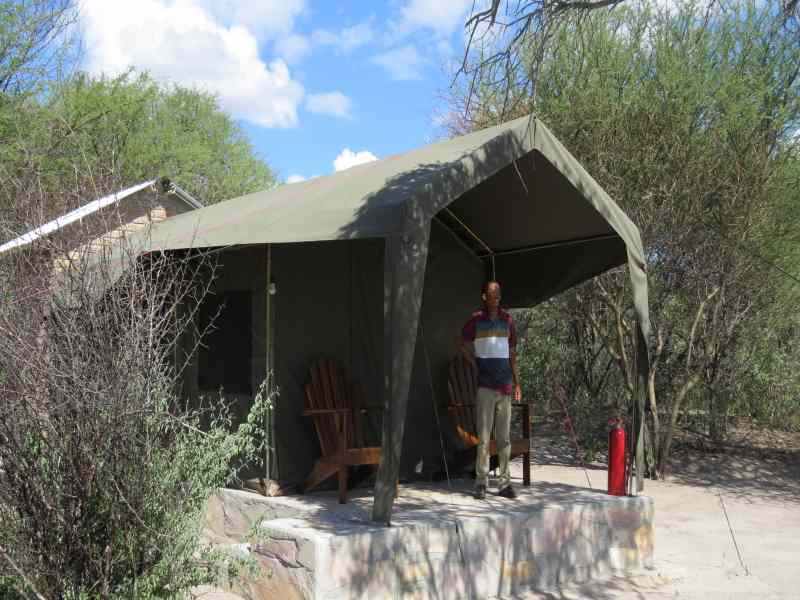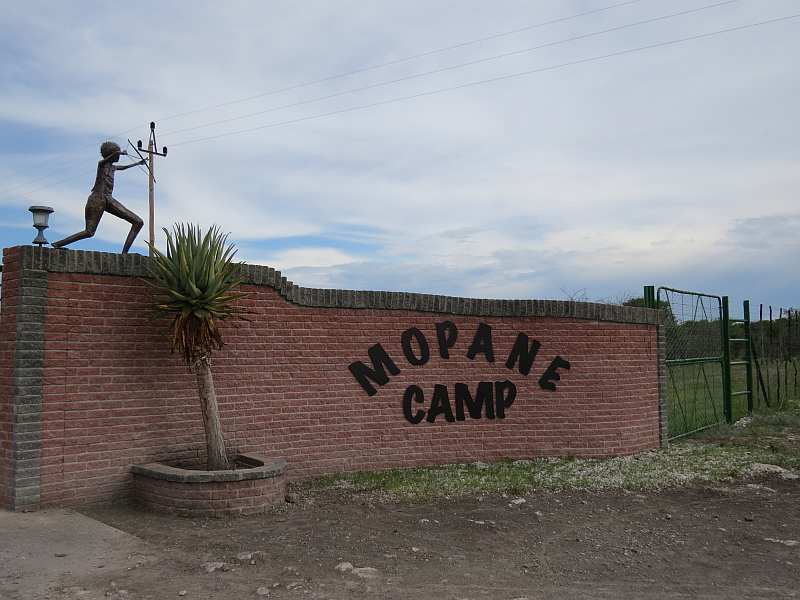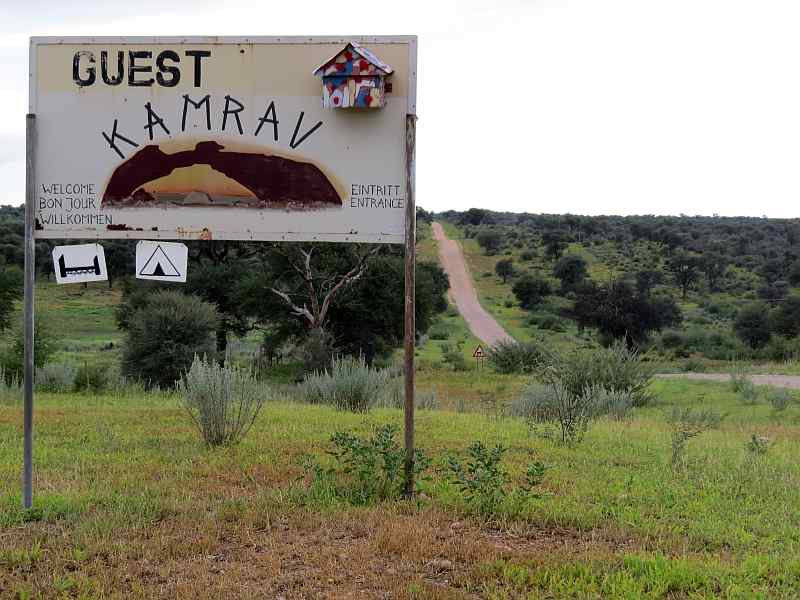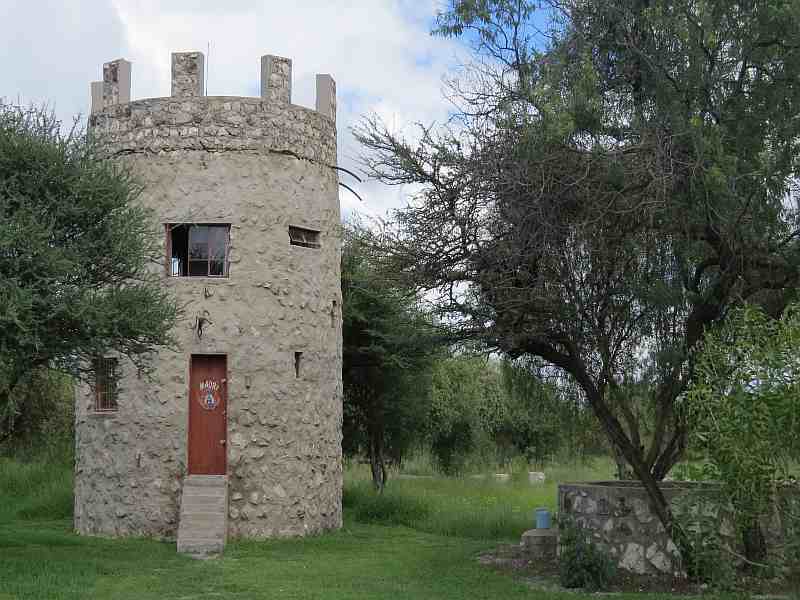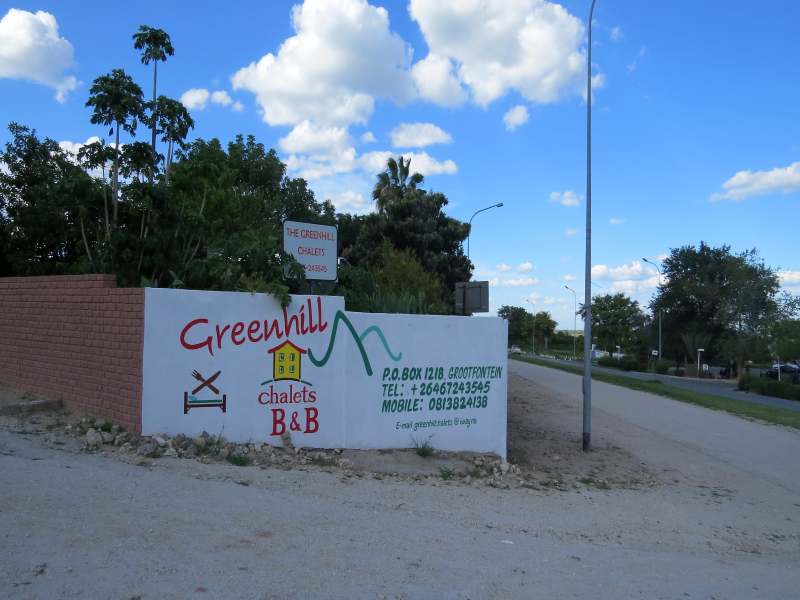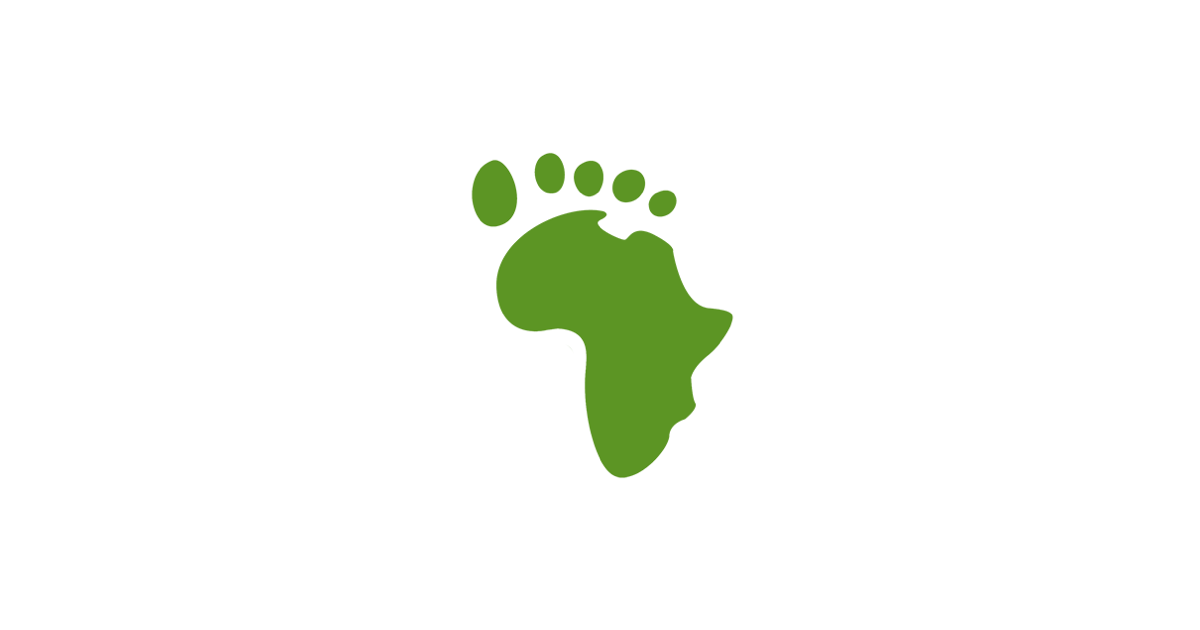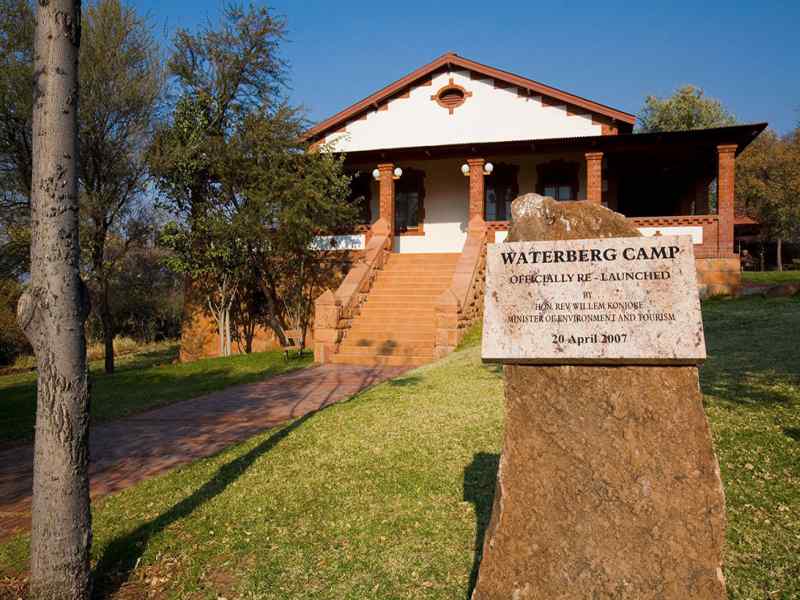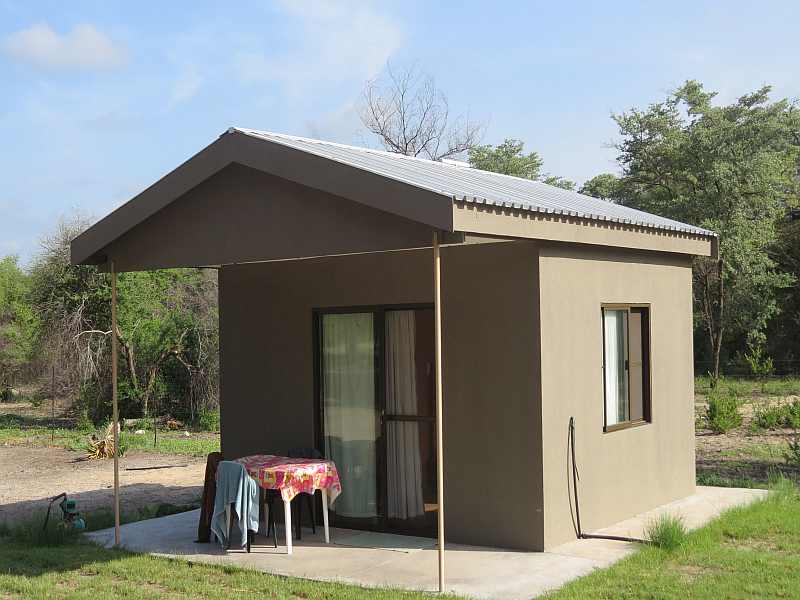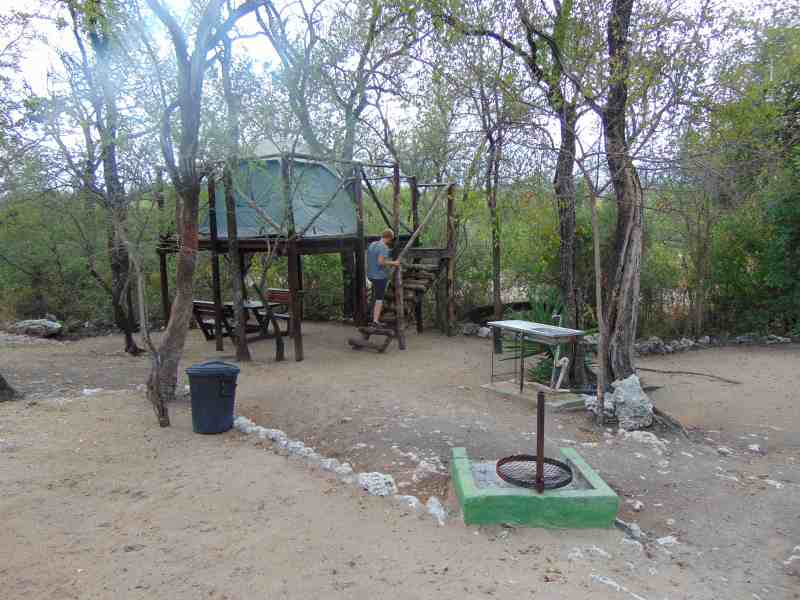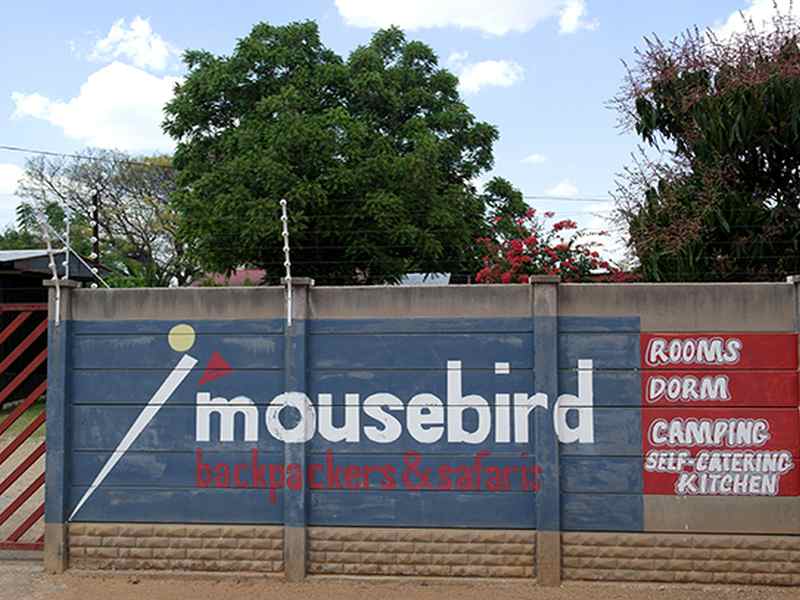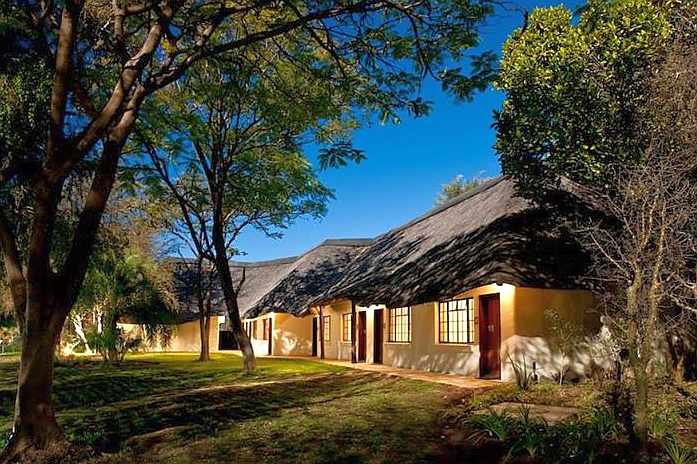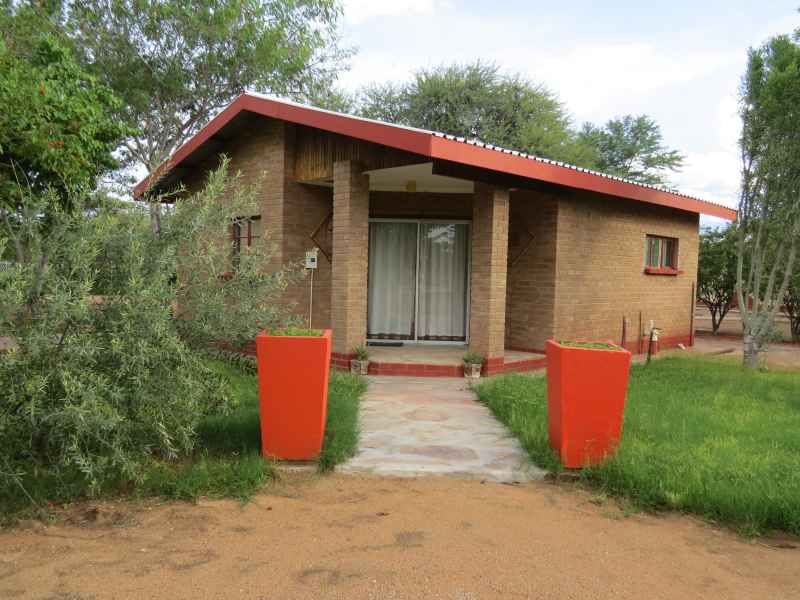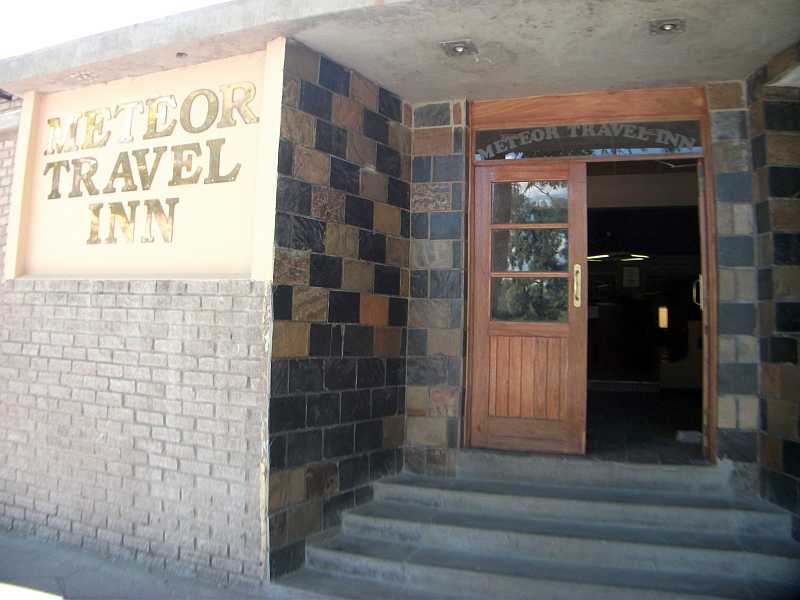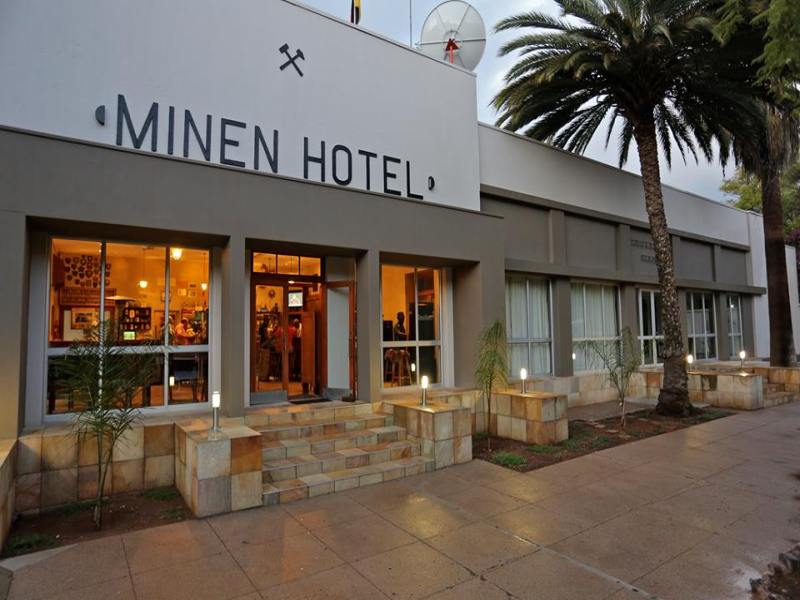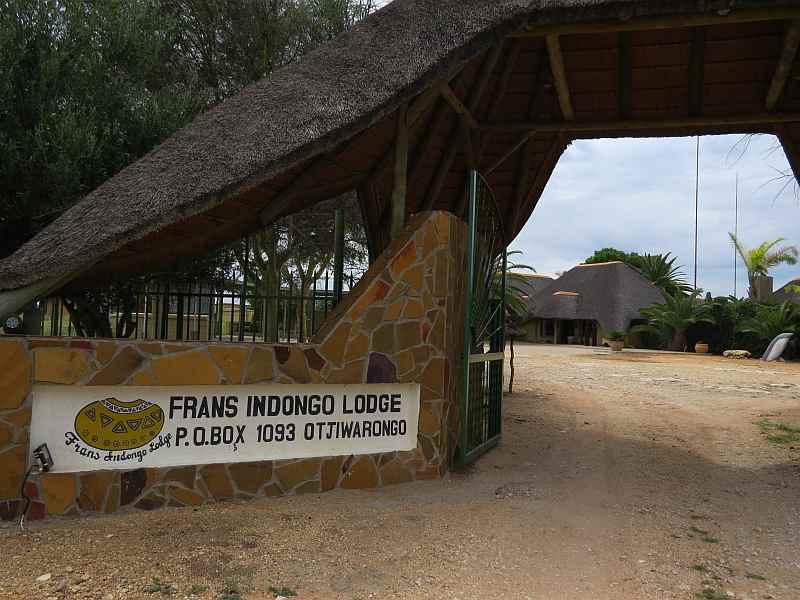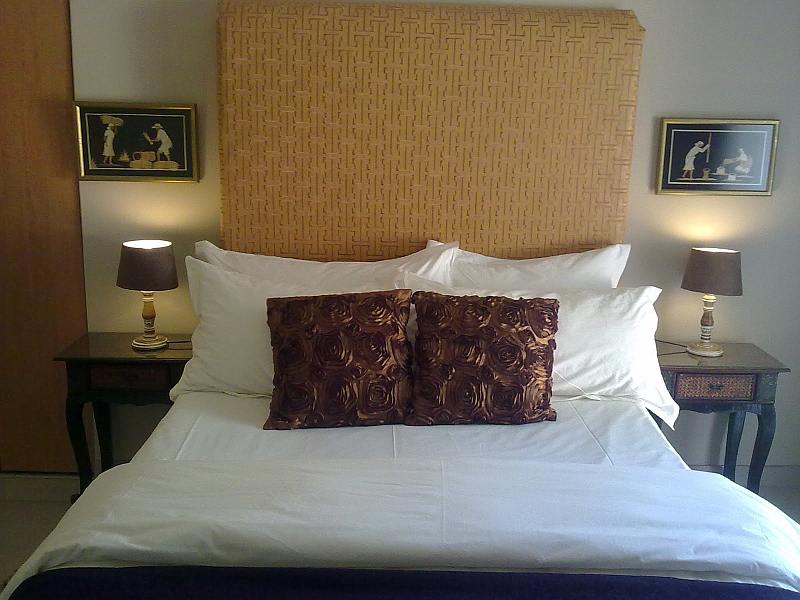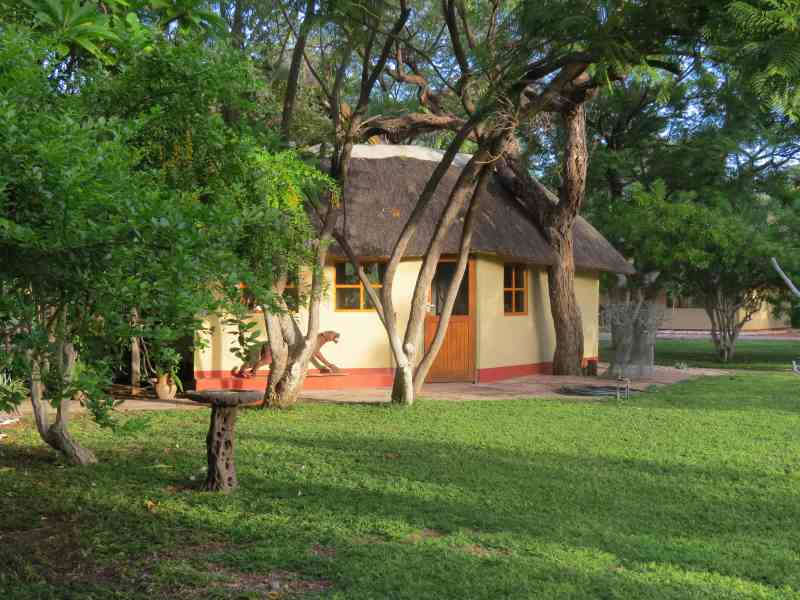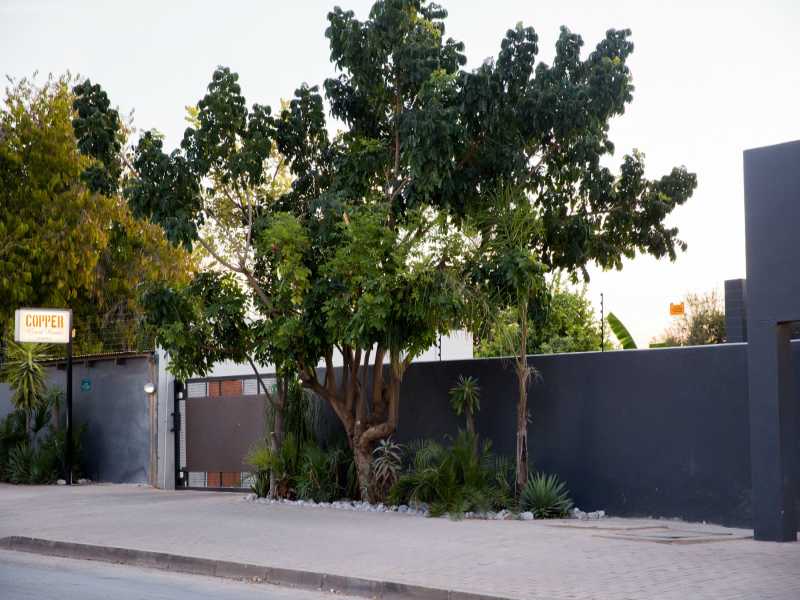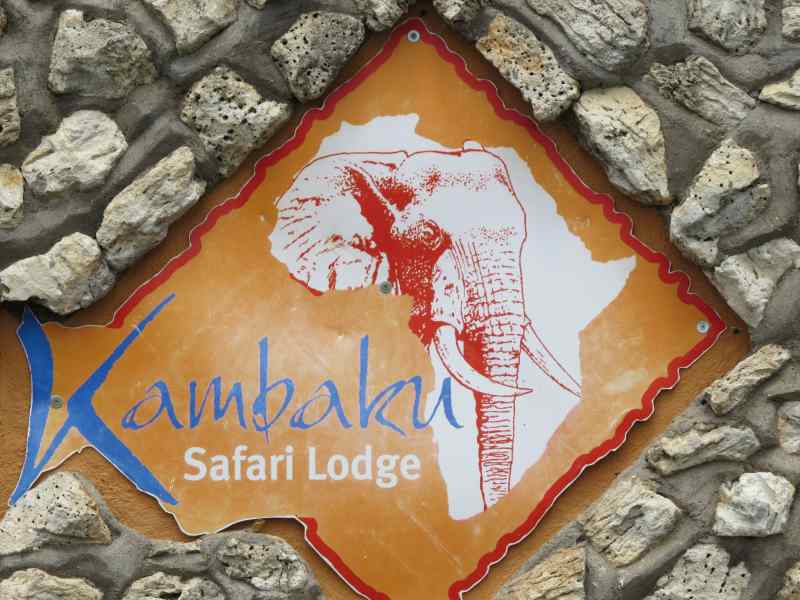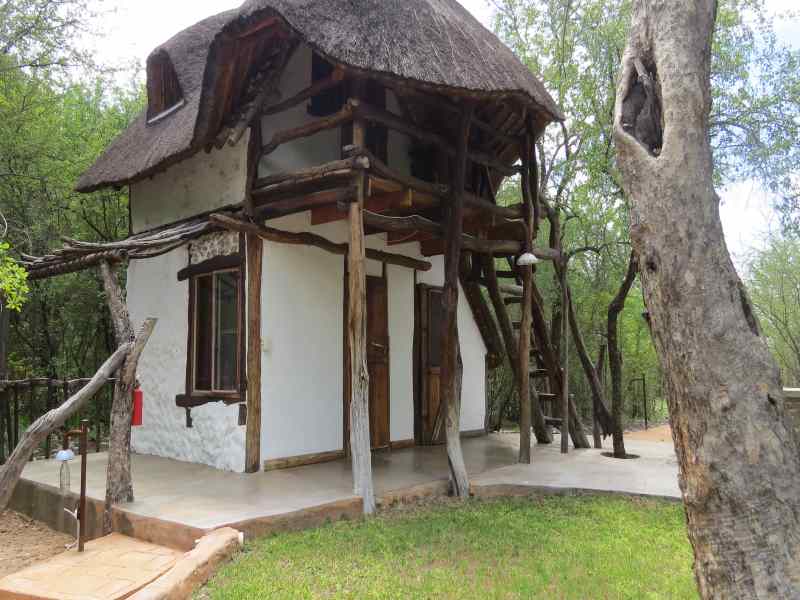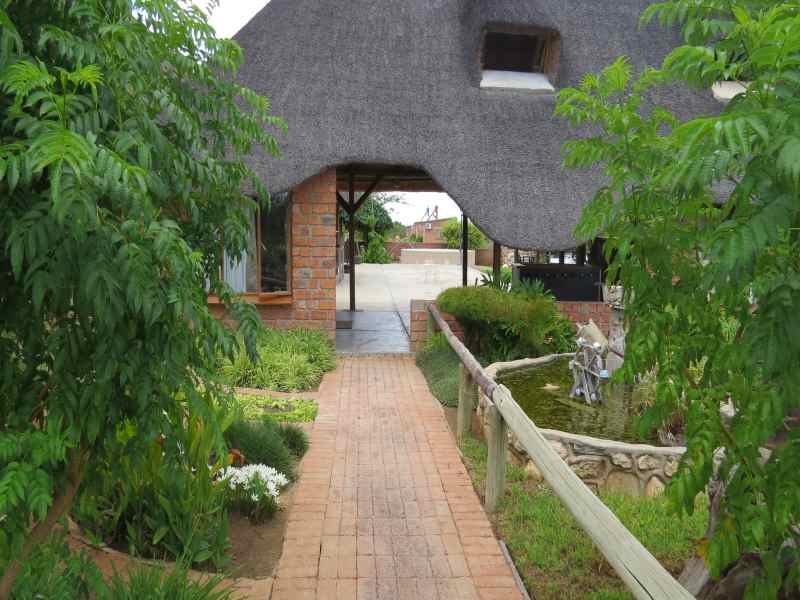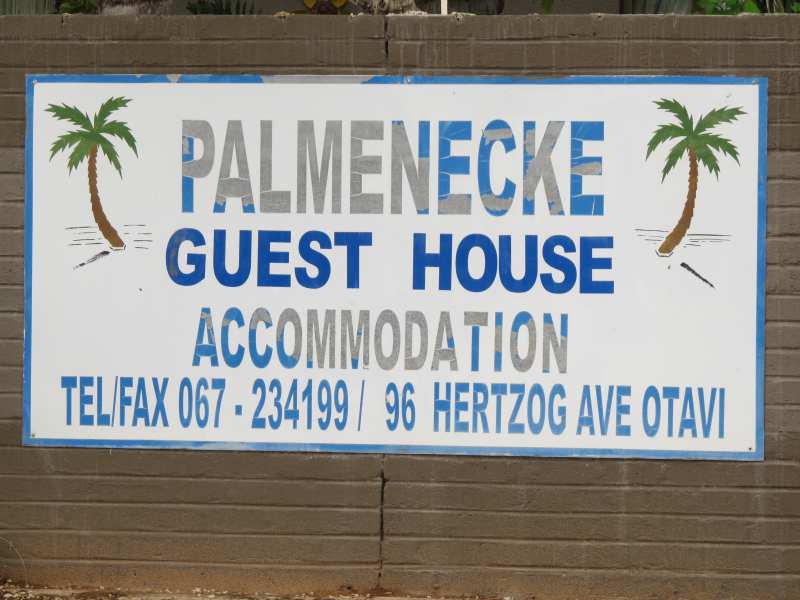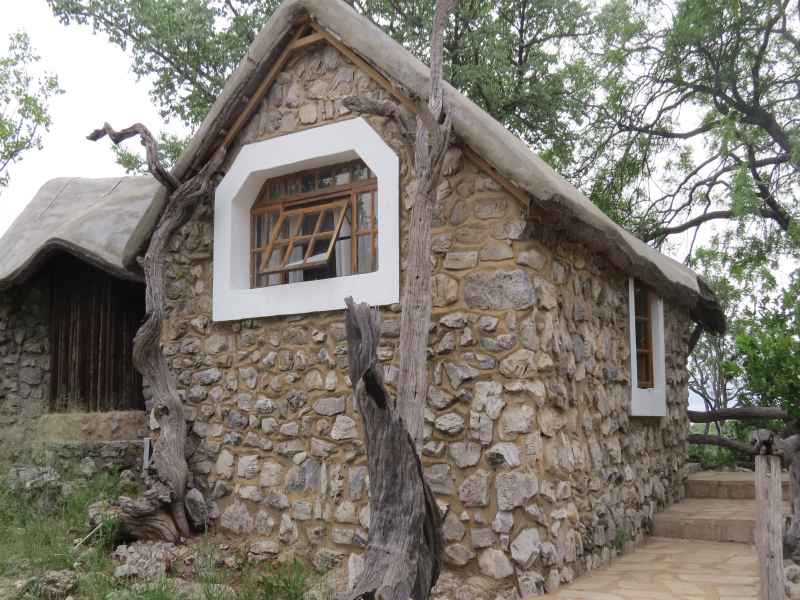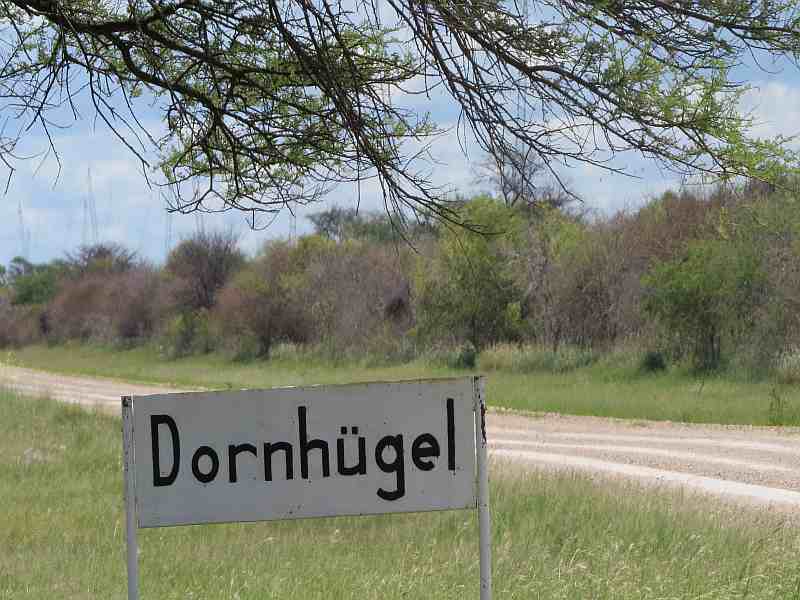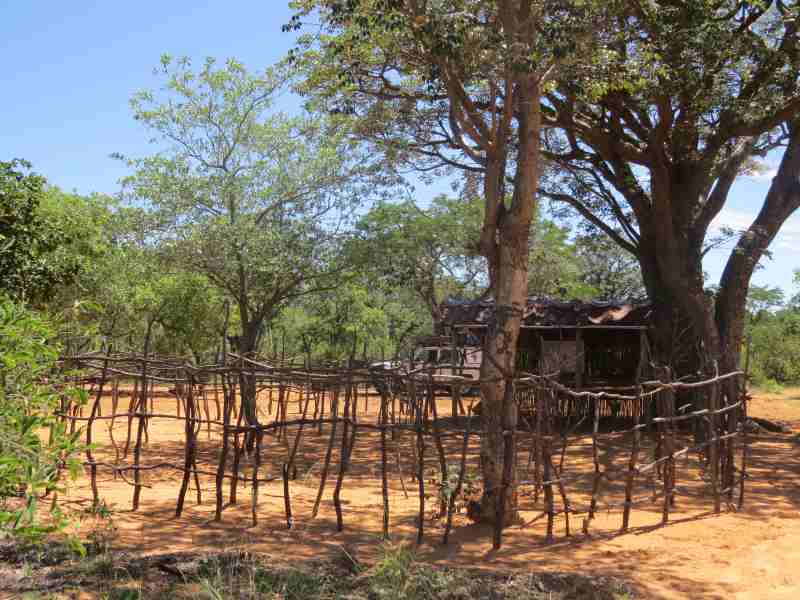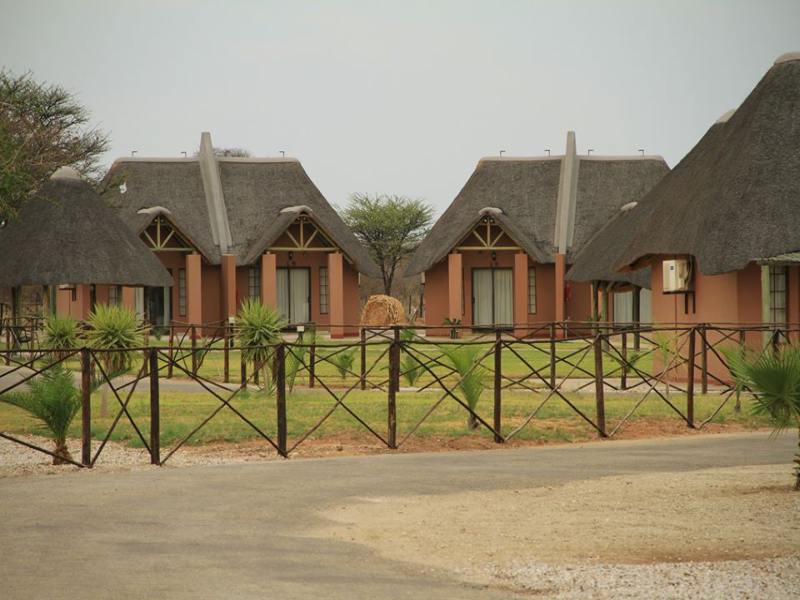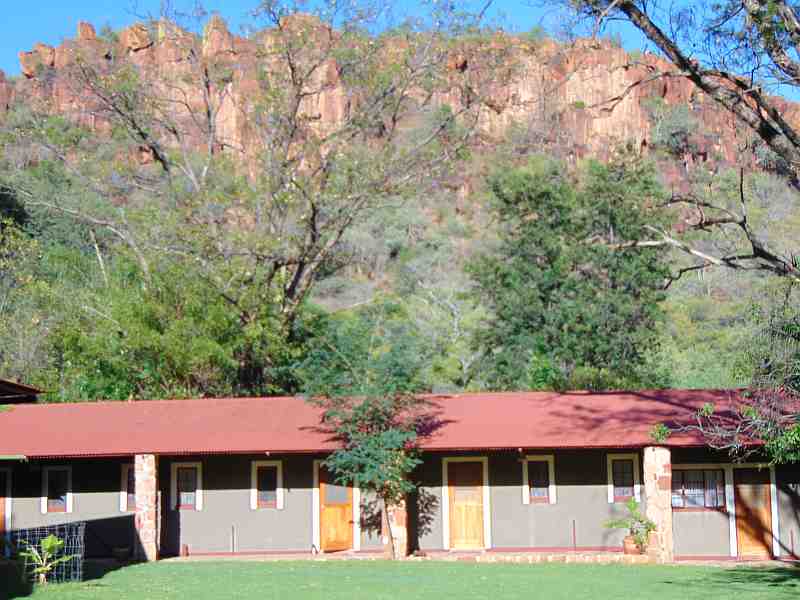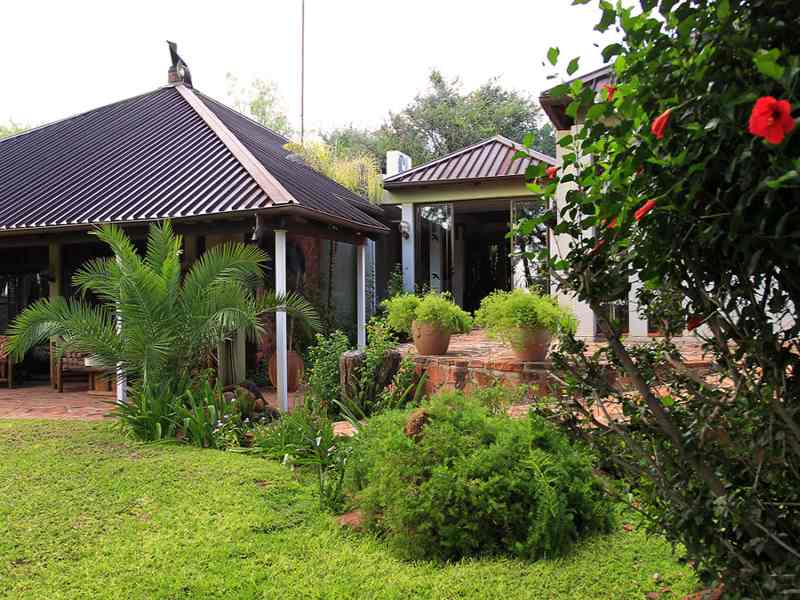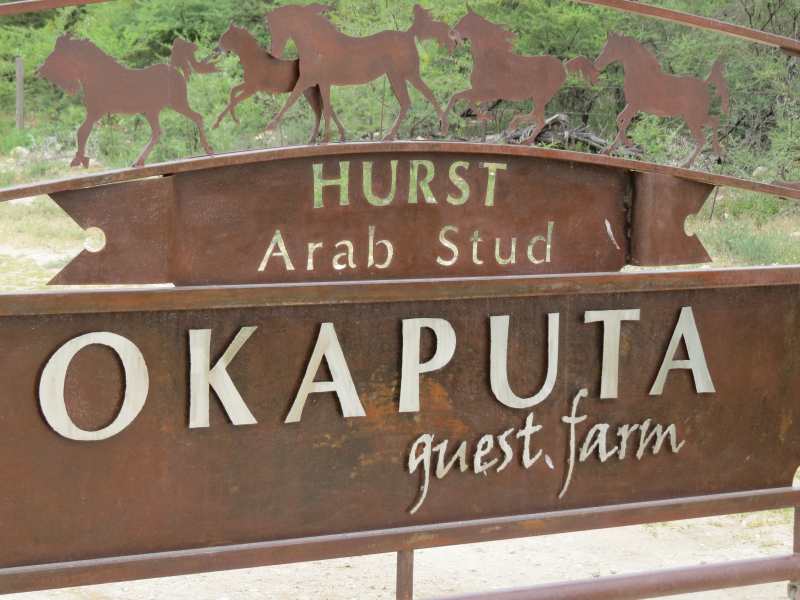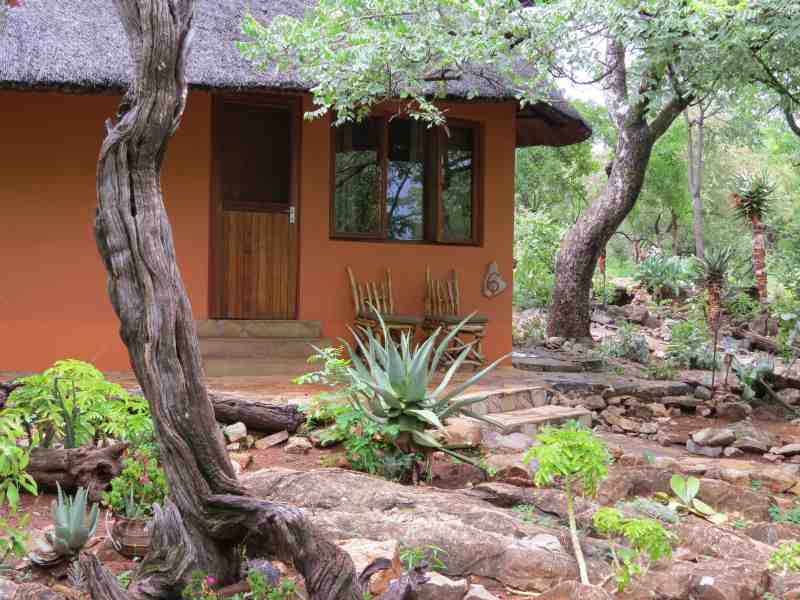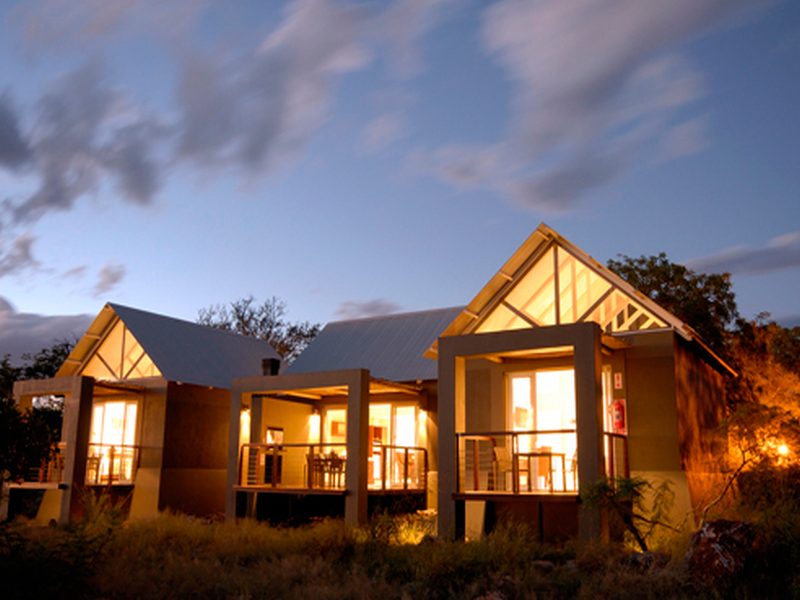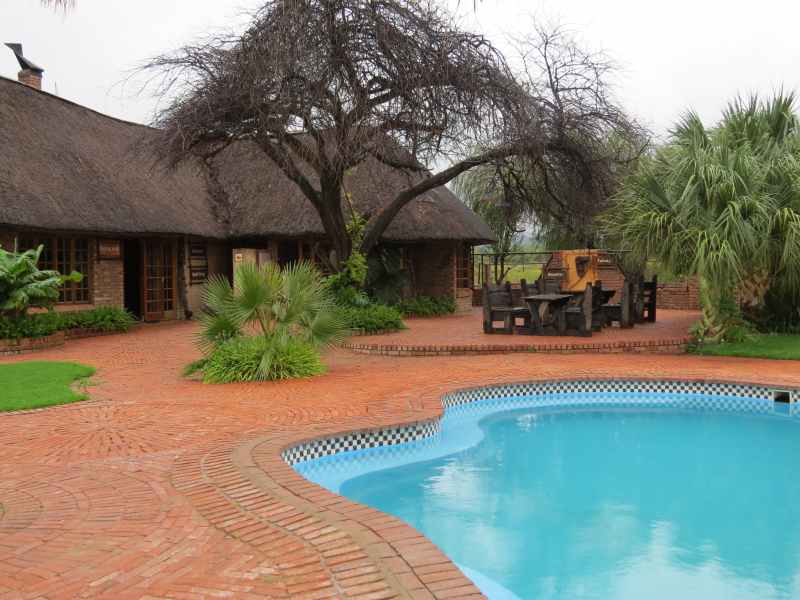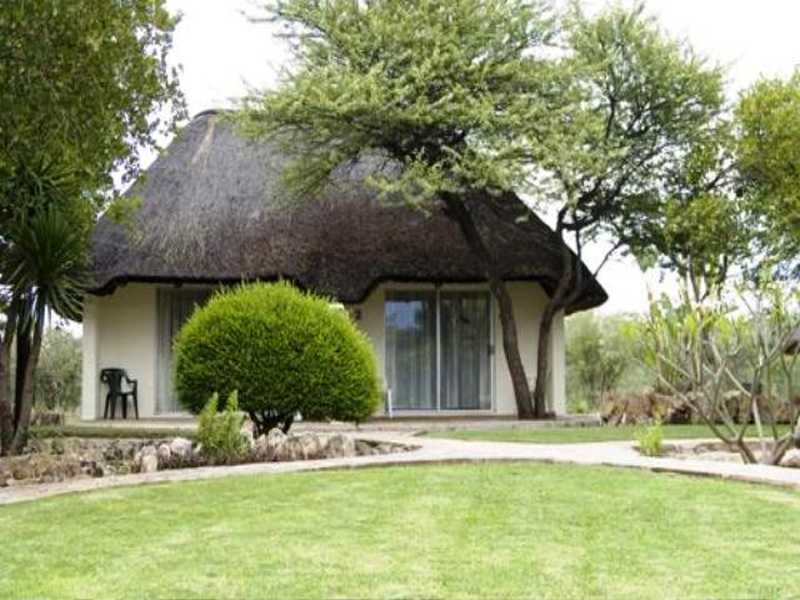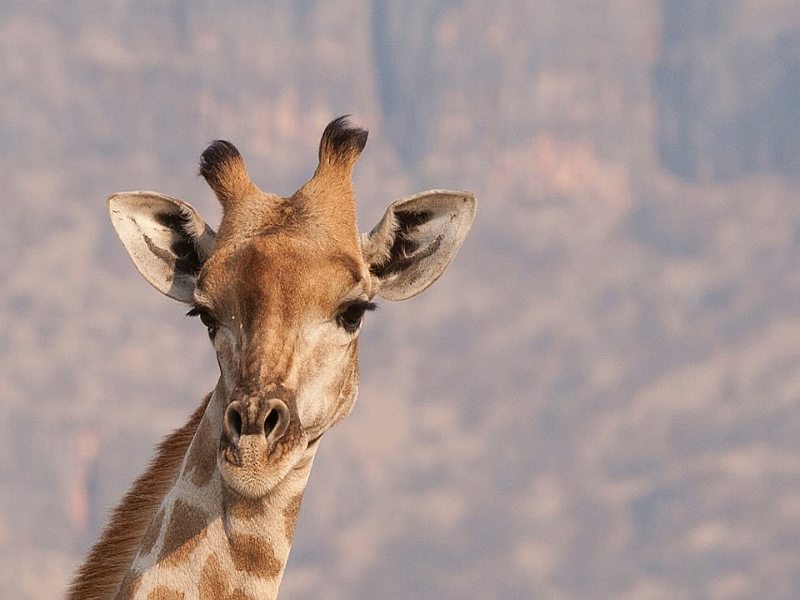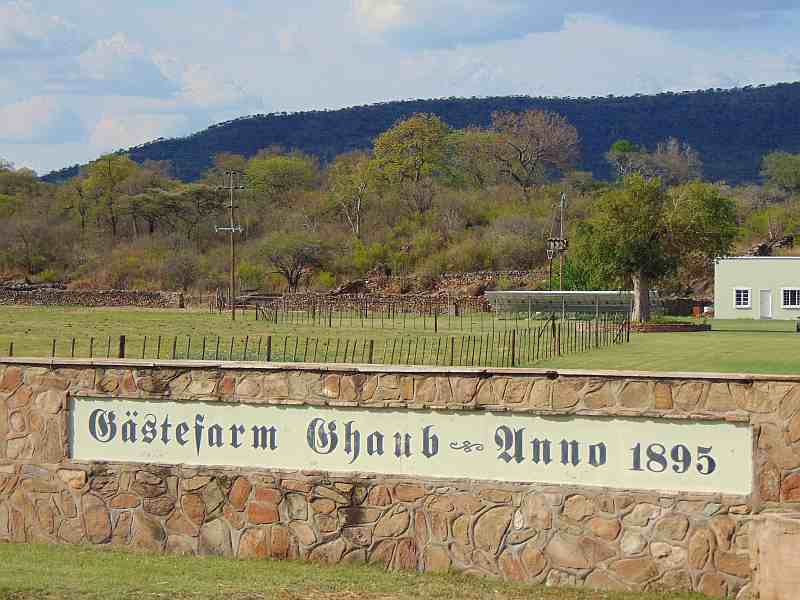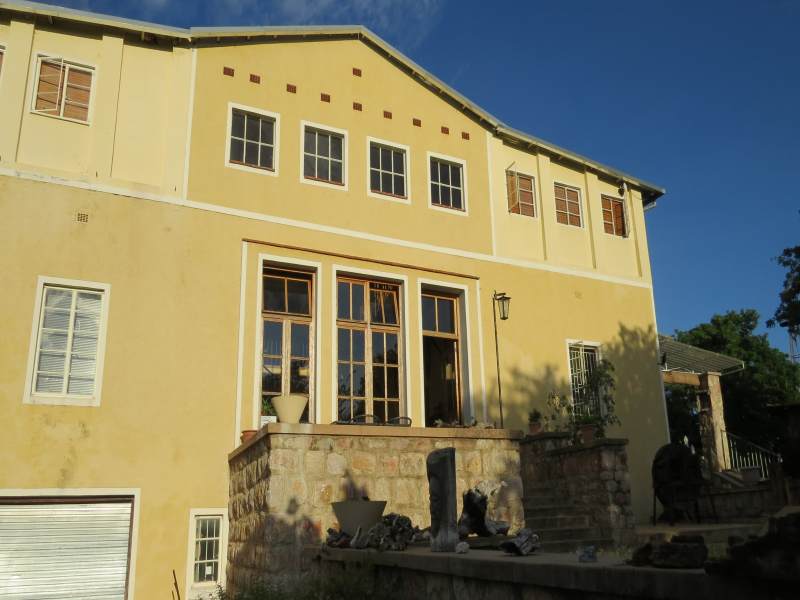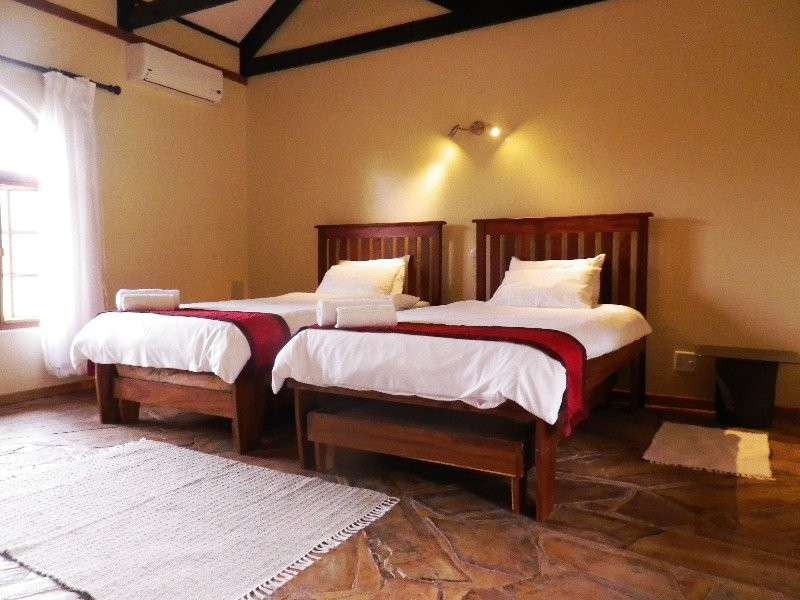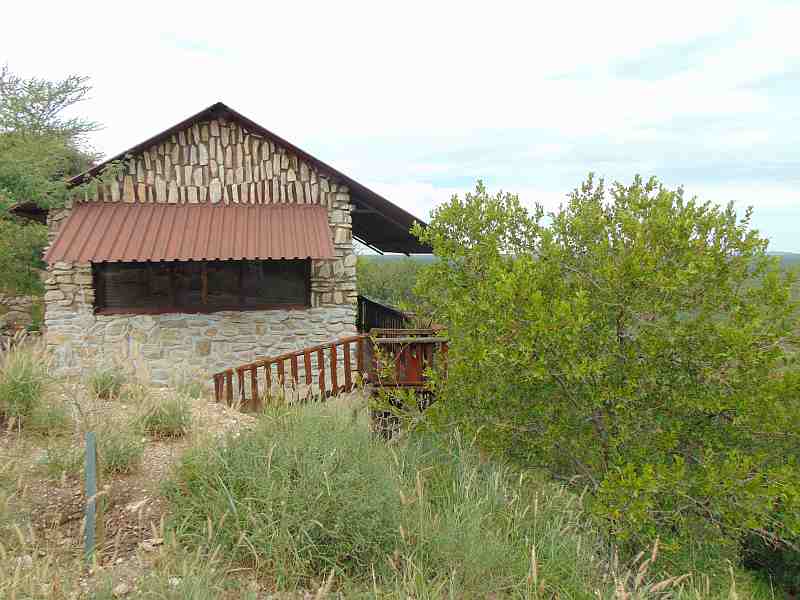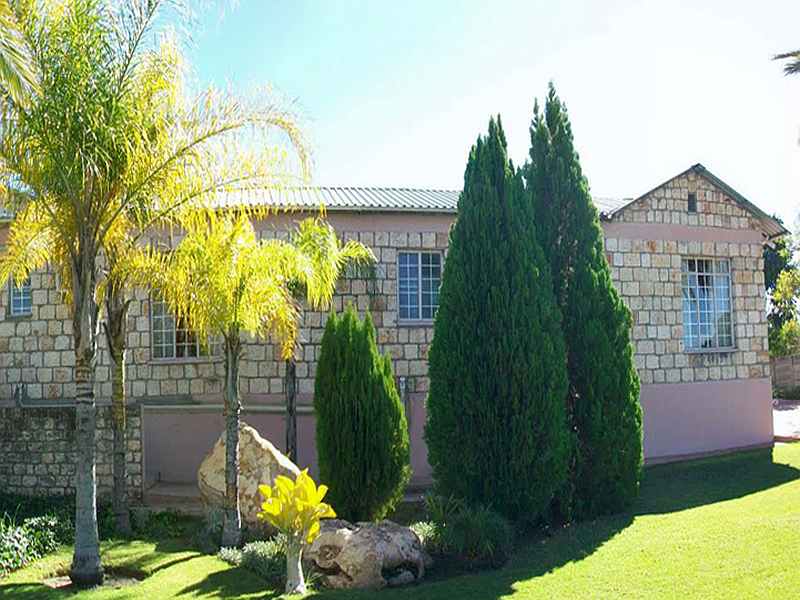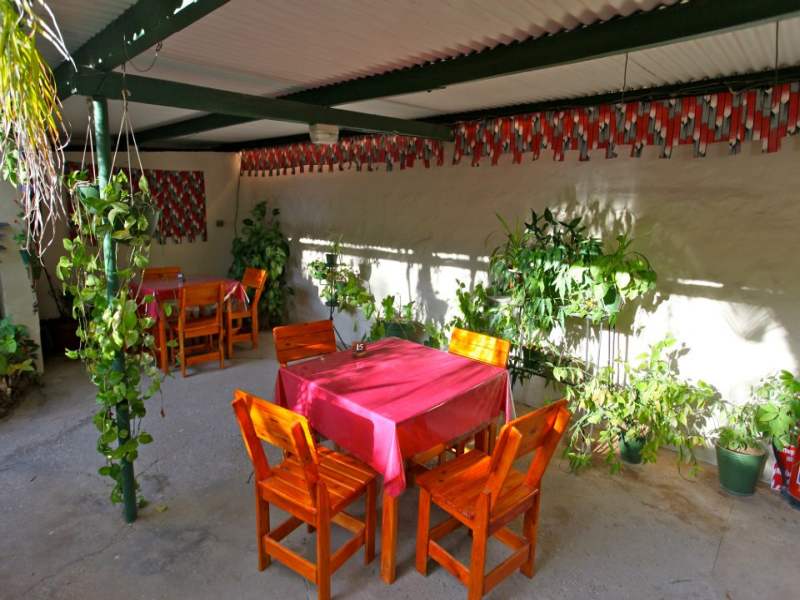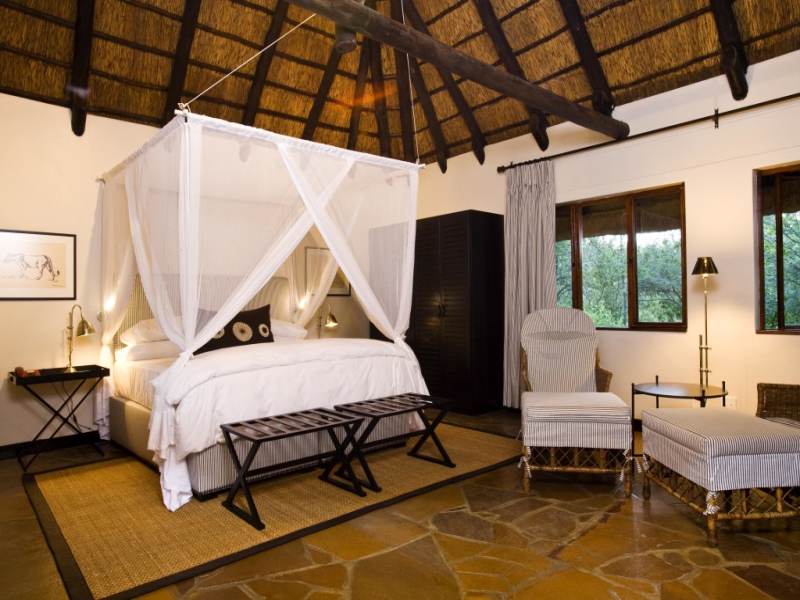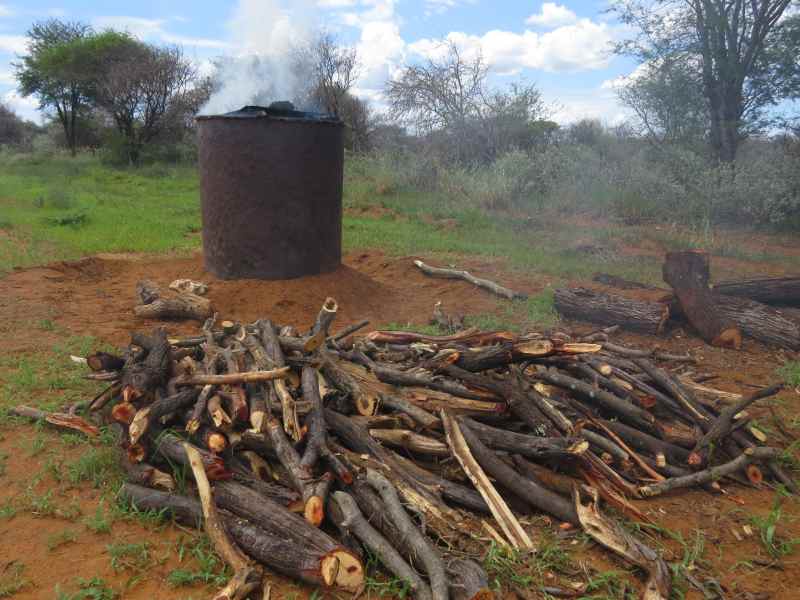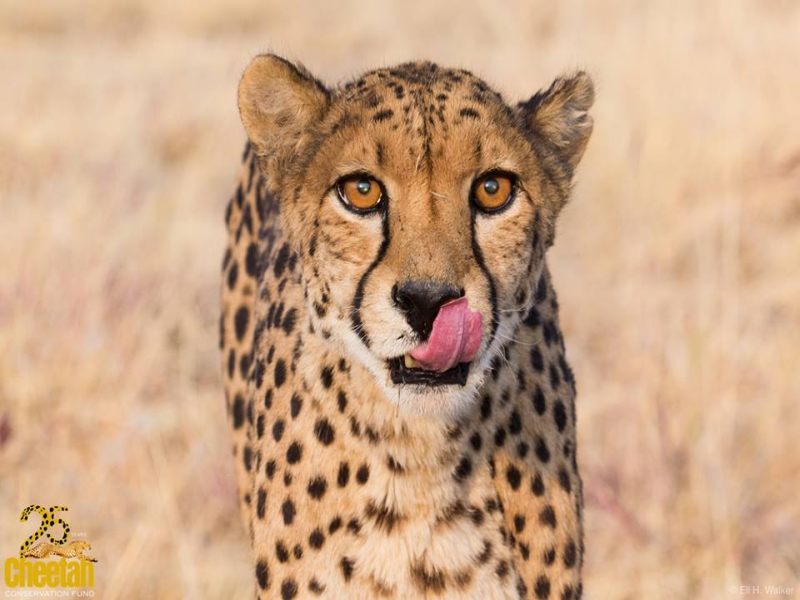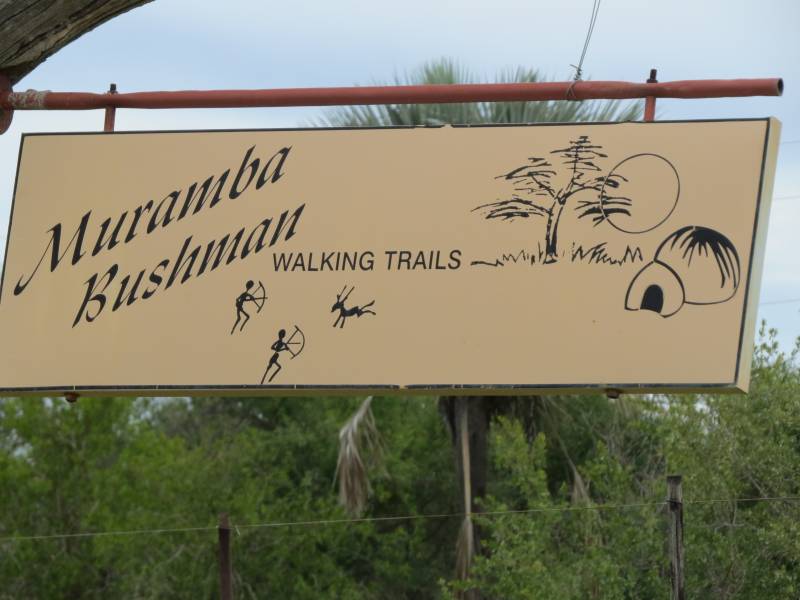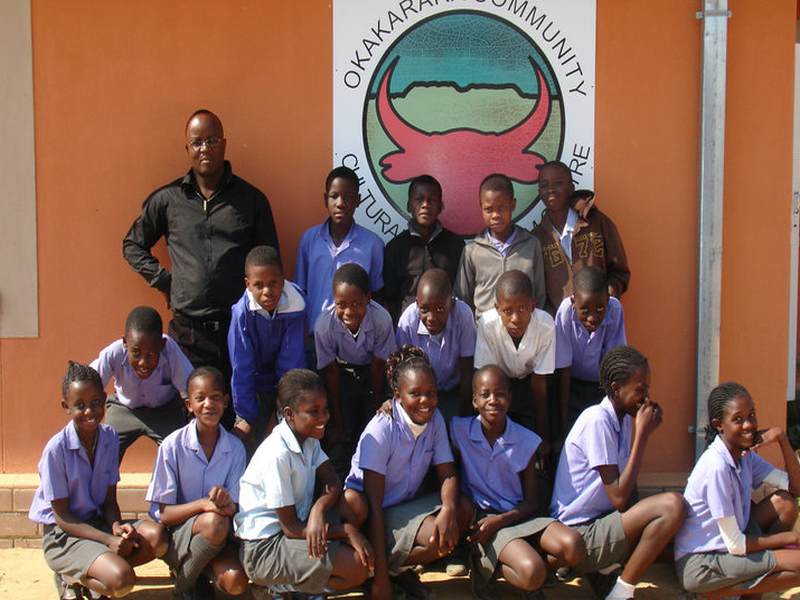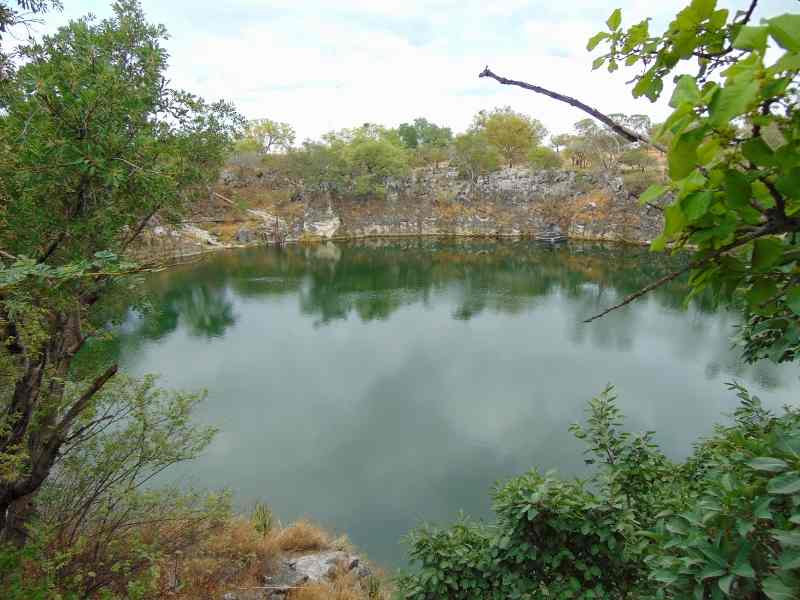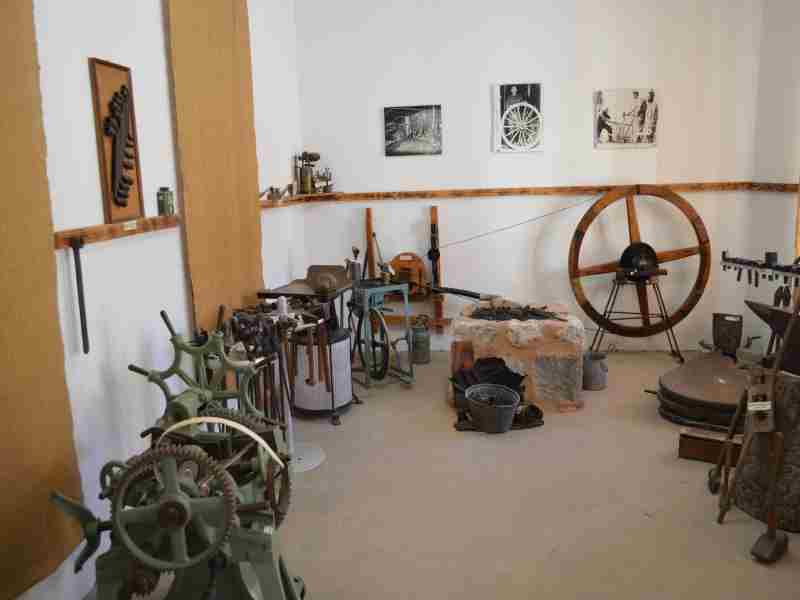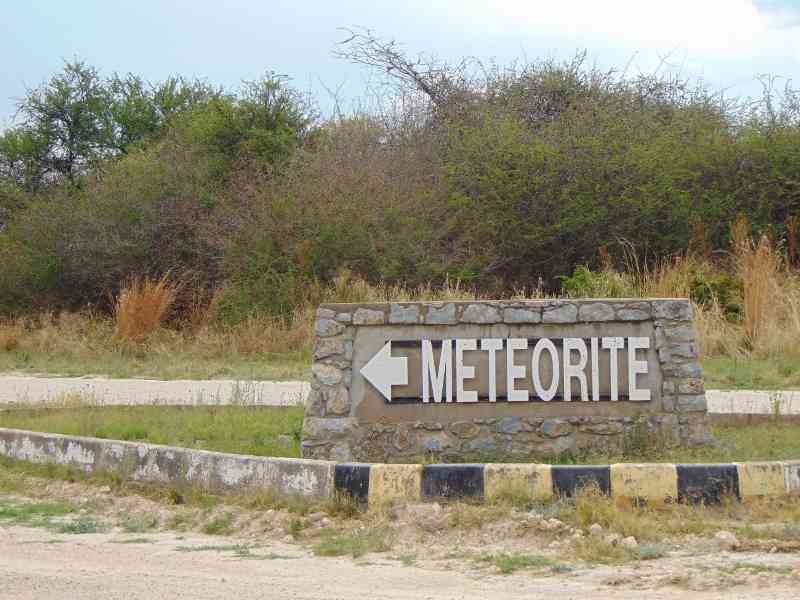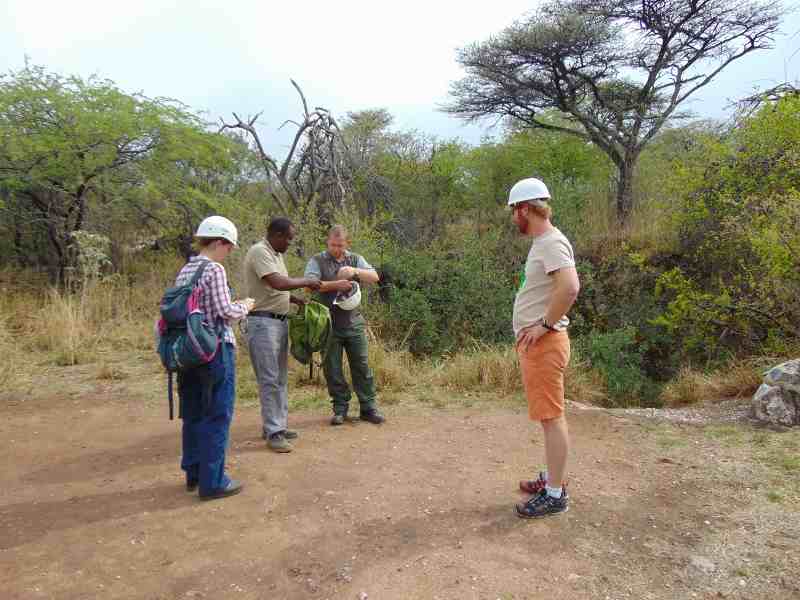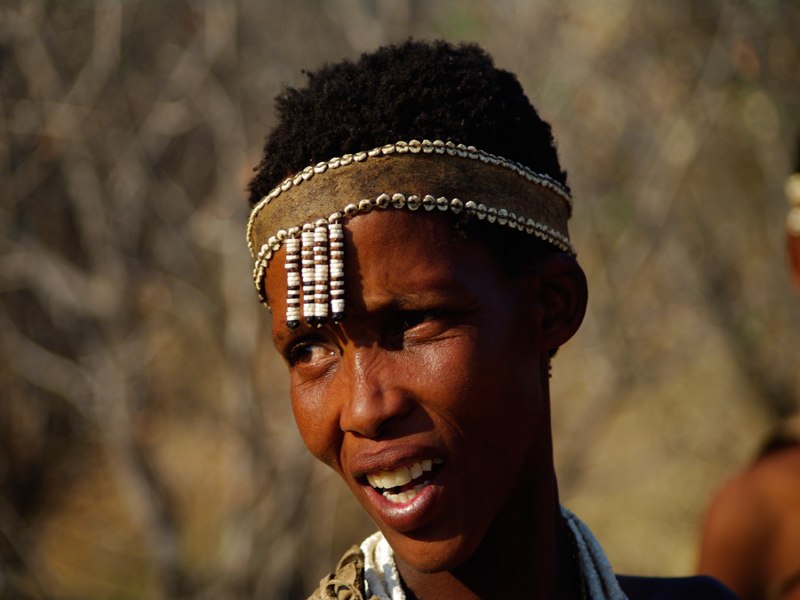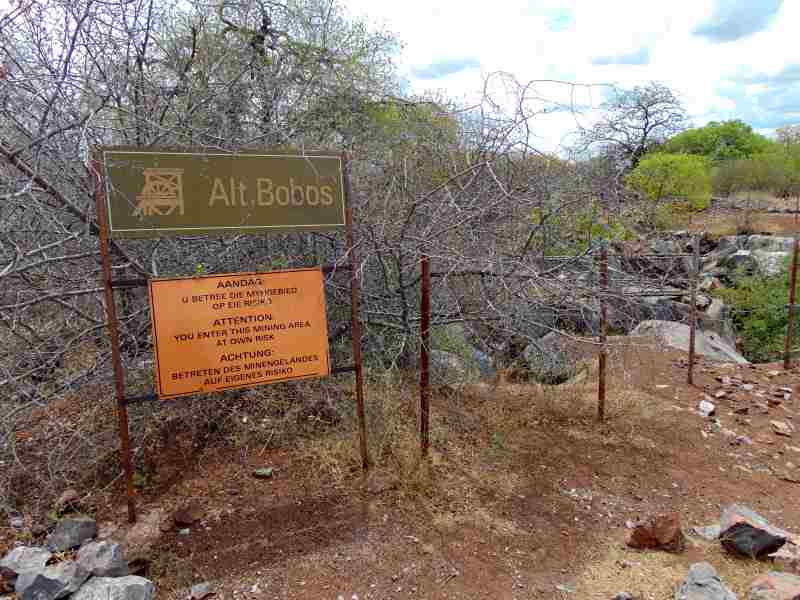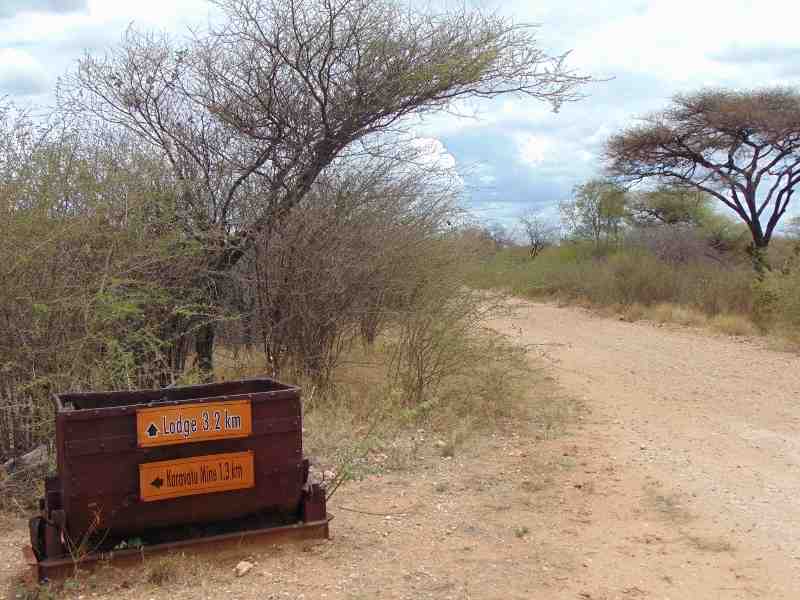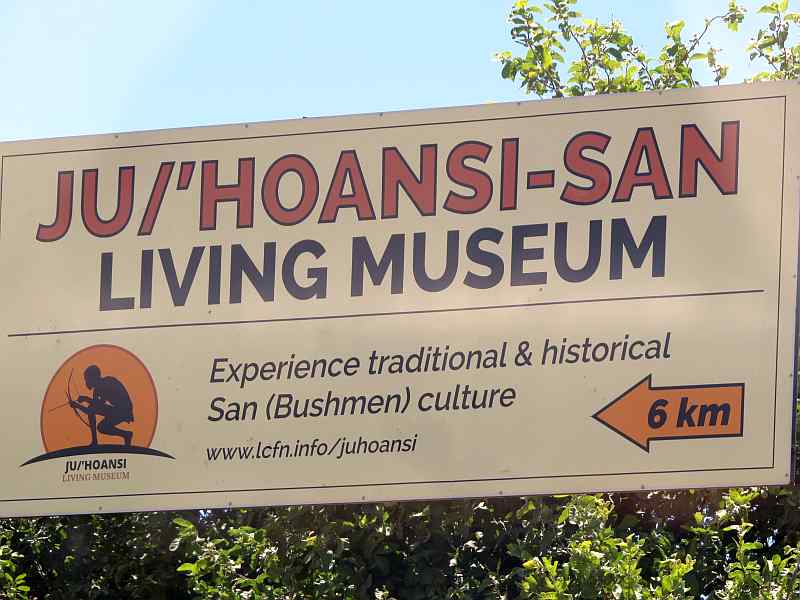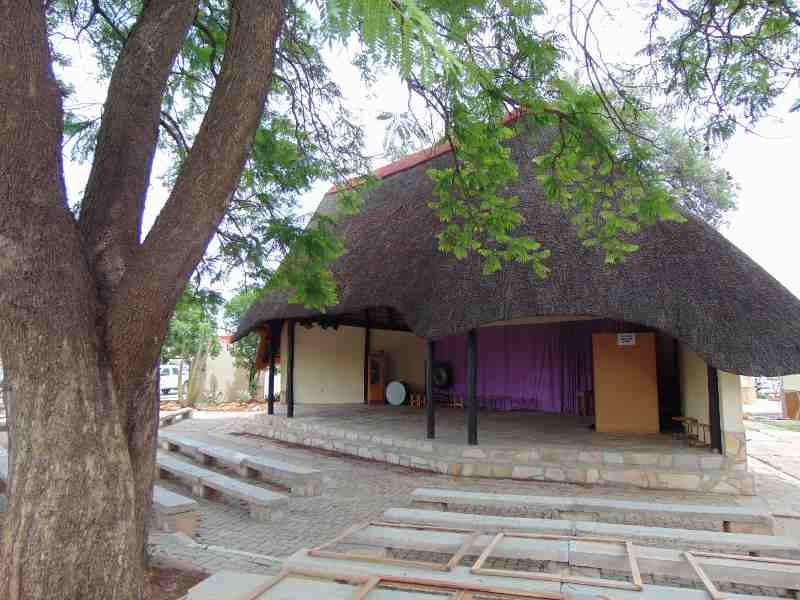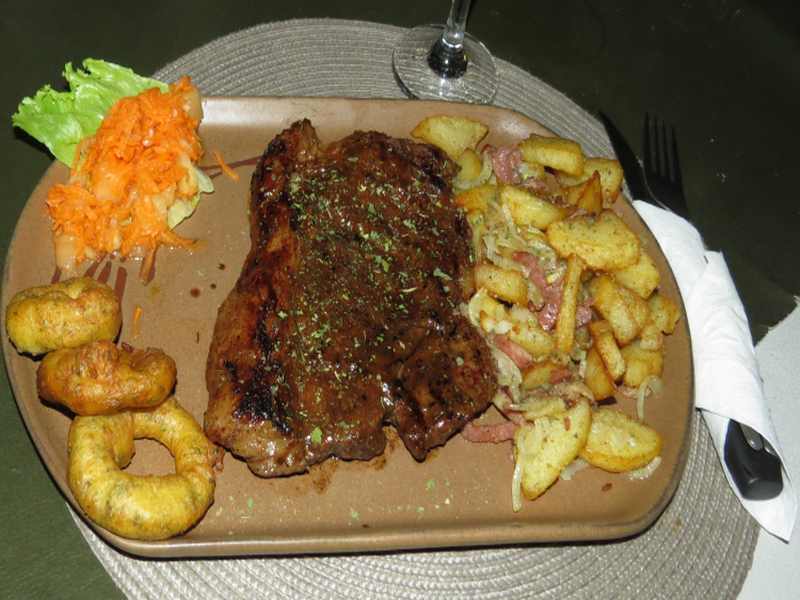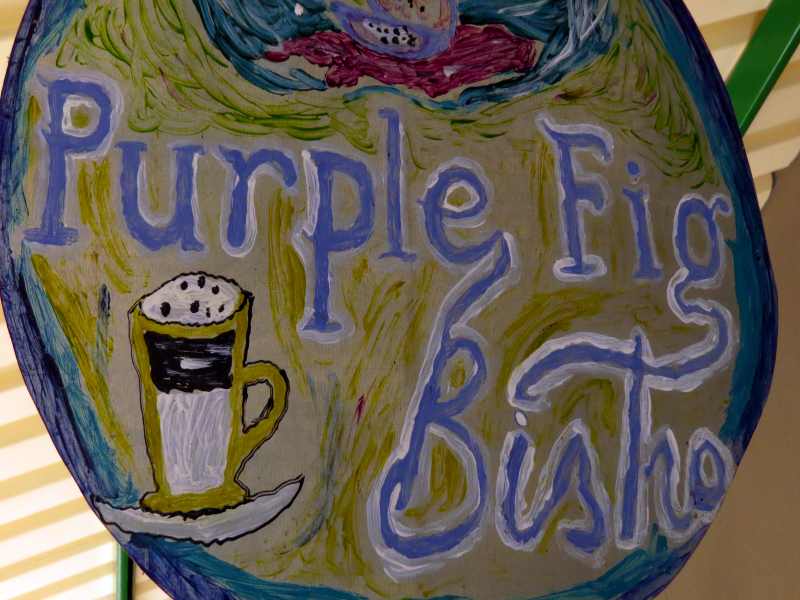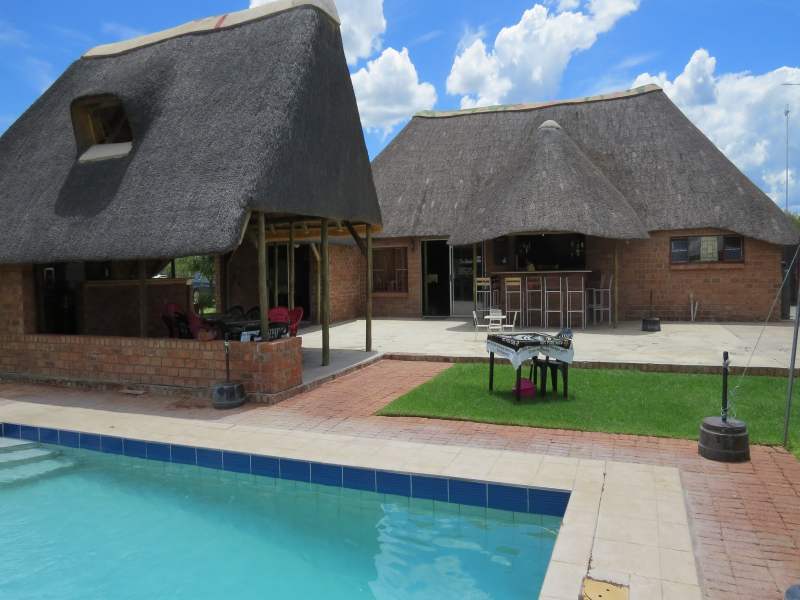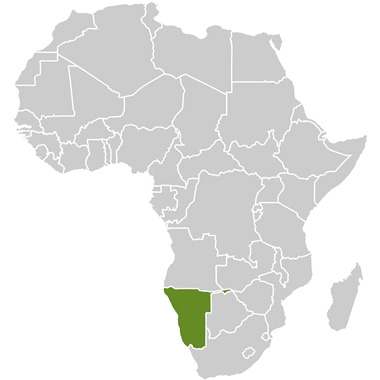Explore the ‘Golden Triangle’ in Eastern Namibia, where culture meets agriculture in one of the most wildlife-rich areas of the country. The Omuramba Meander takes travellers on a journey through Otjiwarongo, Grootfontein, Otavi, Tsumeb and Tsumkwe, past historic and cultural attractions and to some of the most famous game reserves in the country.
The Omuramba Meander includes well-known tourist attractions such as Etosha National Park, Khaudom National Park, the Hoba Meteorite, the Ghaub Caves, Ju/’Hoansi-San Living Musuem, Nyae Nyae Conservancy, the Cheetah Conservation Fund and the Das Alte Fort Museum. Hear the stories of local Herero, San Bushmen, Ovambo, Afrikaans and German residents and relish the opportunity to interact with one of the most well-preserved cultures who still lead a traditional way of life.
Did you know?
- The Hoba Meteorite weighs 66 tons and is the largest known iron meteorite on Earth;
- In Tsumeb there are at least 170 mineral species have been cataloged, 20 of which are found nowhere else in the world;
- Lake Otjikoto was the meeting palce for the Ovambo and the San Bushman to trade;
- Grootfontein has the highest rainfall in Namibia;
- Omuramba is a dry riverbed that floods during high levels of rainfall and, in some cases, can turn barren land into swampland;
- The plural for Omuramba is Omiramba and there two route: Omuramba Omatako and Omuramba Ovambo;
- Inside the Dragon’s Breath Cave lies the largest non-subglacial underground lake in the world, with an area of almost 2 hectares;
- There are six parks and nature reserves located throughout the route;
- Khaudom National Park is not fenced and game can follow its natural migration routes between Namibia and Botswana and through the Caprivi;
- Many of Namibia’s endangered wildlife to be relocated to Waterberg Plateau to protect them from predators and illegal hunting. The programme was so successful that surplus species were taken to supply other Namibian parks.
Top 5 reasons to visit:
- Fountains and waterGrootfontein receives the highest rainfall in Namibia, flooding some of the farms due to the high water table and a number of springs in the area;
- Cultural CornerLearn about the history and stories around the cultural mix of Herero, San Bushman, Ovambo, Afrikaans and German people of the area;
- Hoba MeteoriteVisit the Hoba Meteorite, which was discovered in 1920 and is the largest known iron meteorite on Earth. It measures approxiamtely 2.95m in length to 1.2m in height, weighs around 66 tons and is estimated to be 200-400-million years old;
- San Interactive ExperienceInteract with San Bushman on their traditional land where they are still legally allowed to hunt and practice their traditional way of life;
- Working farms in a wildlife-rich area. Experience a life of agriculture in an area surrounded by game reserves.

